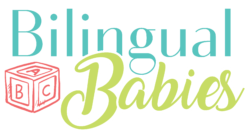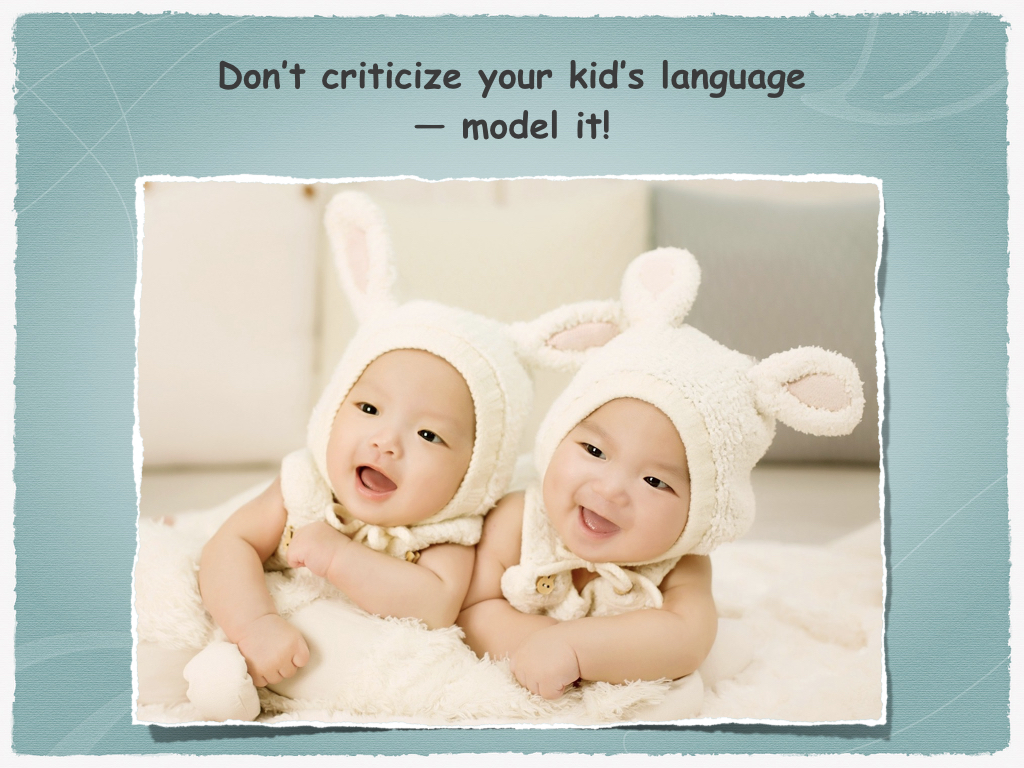It is always important to keep language learning positive and not to criticize a child’s language. If a child makes mistakes, try to model the correct way (i.e., recast) rather than correcting it explicitly. For example, when your child says “He goed inside.”, try to model the correct version by saying something like “Ah, he went inside?”. In other words, repeat her statement back to her with the correct word, grammar, and/or pronunciation.
The reason why we should not criticize our children’s language goes beyond just language itself. If we constantly criticize and highlight the negative and insufficient, children may begin to feel insecure. Or even worse, they may feel that there is something fundamentally wrong with them—something that may have repercussions beyond language (e.g., lower self-esteem). In particular for language development, children who are criticized for their language a lot may develop anxiety to use a language or—with regard to the minority language—may choose not to speak it anymore.
There are three good reasons why recasting and modeling the correct way of saying something is beneficial:
-
-
- Your child will get corrected, but it is done in a soft, indirect way.
- Your child will receive correct input and thus exposure to the target language.
- Children usually have language (e.g., words they use) stored correctly in their brains. So, for example, your child (especially if she is still very young) pronounces a certain word incorrectly. If you repeat the same word in the same incorrect way, your child may not know what the issue is because as far as she is concerned, she said it right.
-
Challenge:
- In the comment section, share an instance in which you used language modeling!
- What are your experiences with this approach?

